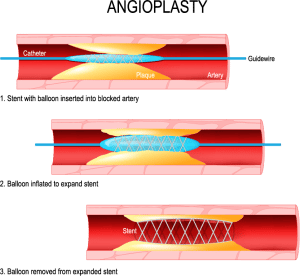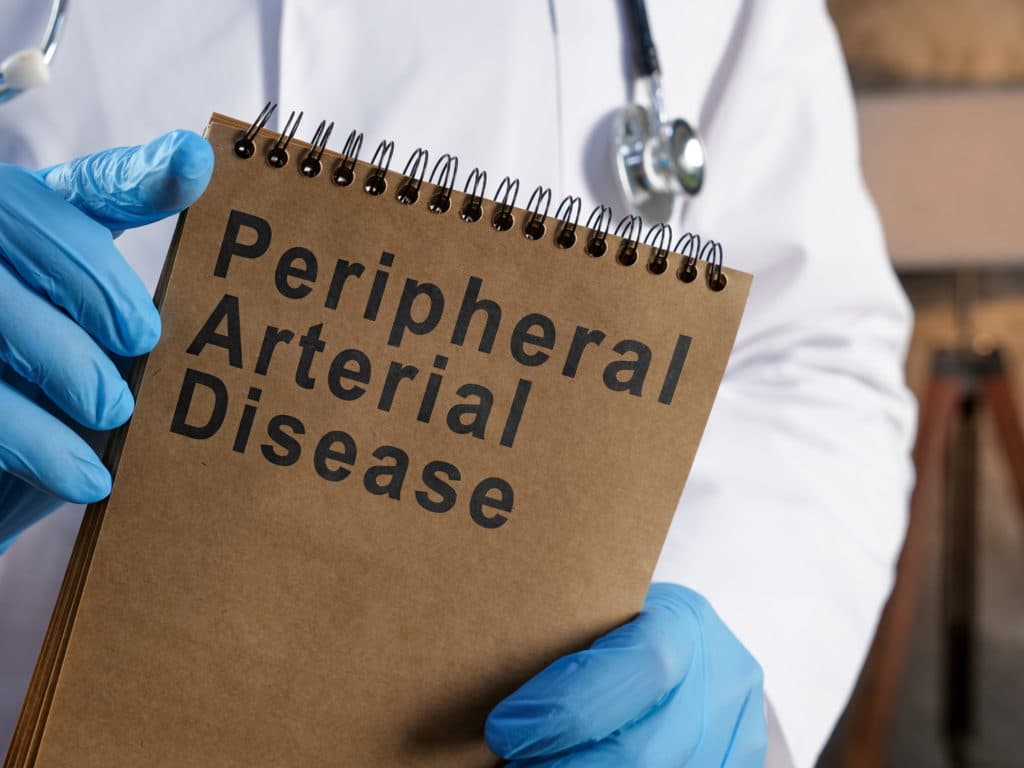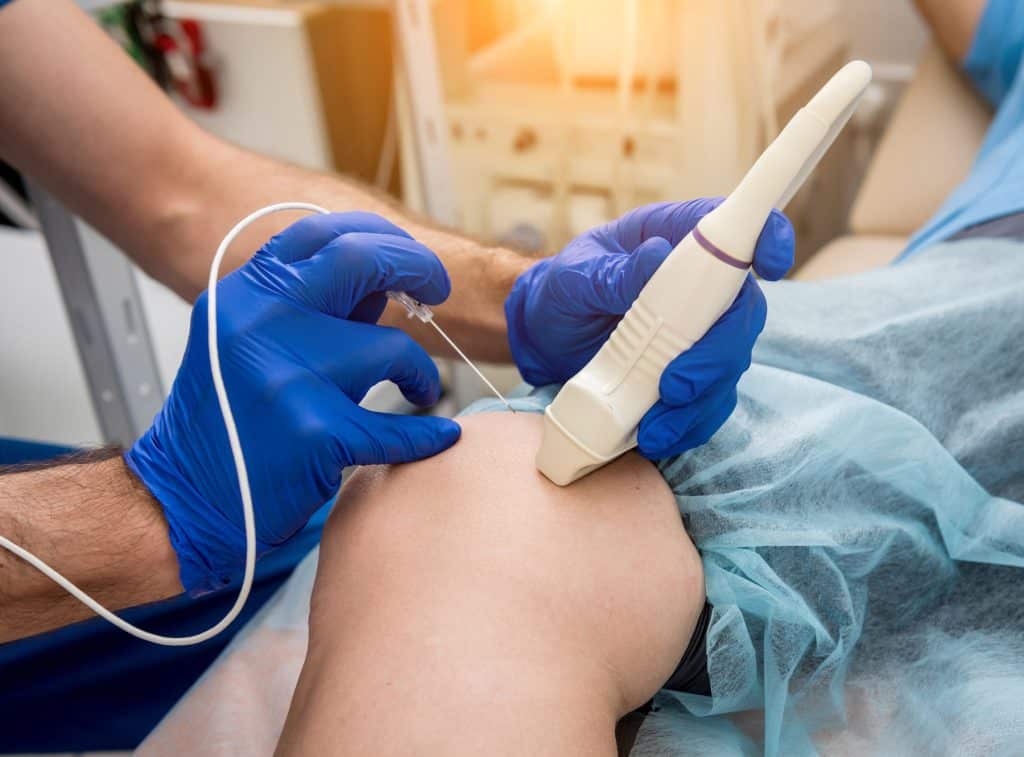What is Angioplasty?
Coronary Angioplasty is a procedure to open up clogged arteries. Sometimes, you will see this referred to as percutaneous coronary intervention. In the angioplasty procedure, a doctor will use a balloon catheter to open up a blocked blood vessel. The goal is to improve blood flow.
Your doctor will use medical imaging to locate the blockage. Then, the balloon-tipped catheter will be inflated to open the artery. A stent, a small metal mesh tube that ensures the artery stays open, may also be used in this procedure.
Angioplasty can improve symptoms of blocked arteries, such as chest pain and shortness of breath. This procedure is often used to treat the results of peripheral arterial disease. Angioplasty is minimally invasive and may not require general anesthesia. Most angioplasty procedures do not need an overnight stay. However, your doctor will discuss this with you.
Why Is Angioplasty Used?
 Angioplasty treats the buildup of fatty plaques in your heart’s blood vessels. This blockage can interrupt your blood flow and cause heart attacks. This is a blood vessel treatment for:
Angioplasty treats the buildup of fatty plaques in your heart’s blood vessels. This blockage can interrupt your blood flow and cause heart attacks. This is a blood vessel treatment for:
- coronary artery disease, a narrowing of the arteries that carry blood and oxygen to the heart muscle.
- narrowing of the large arteries due to hardening of the arteries or atherosclerosis. This builds up cholesterol and other fatty deposits, called plaques, on the artery walls.
- peripheral artery disease (PAD), a narrowing of the arteries in the legs or arms.
- carotid artery stenosis, a narrowing of the neck arteries supplying blood to the brain.
- narrowing or blockage in the veins in the chest, abdomen, pelvis, arms, and legs.
- renal vascular hypertension, high blood pressure caused by a narrowing of the kidney arteries.
- narrowing in dialysis fistula or grafts.
Angioplasty may be a treatment option for you if:
- Have not been able to improve your heart health through medications or lifestyle changes.
- Worsening chest pain
- You have a heart attack. Angioplasty can quickly open a blocked artery, reducing damage to your heart.
Benefits
- Balloon angioplasty is a much less invasive surgery than bypass surgery. This is a relatively low-risk, low-cost procedure.
- This procedure may use local anesthesia and often does not require drugs to prepare one for the procedure.
- There is no extended stay in the hospital; this procedure is usually handled as an outpatient.
- No surgical incision is necessary
- You will be able to return to your normal activities shortly afterward.
Risks
While angioplasty is a less invasive way to open clogged, the procedure still carries some risks.
- You may have bleeding in your leg or arm where a catheter was inserted. Usually, this results in a bruise. Yet sometimes serious bleeding occurs and may require a blood transfusion or surgical procedures.
- There is also a minimal risk of blood clots or tearing the artery due to the catheter
- If angioplasty is all that occurs, blockages can recur. This occurs less than 5% of the time. The risk of re-narrowing the artery is about 10% to 20% when bare-metal stents are used.
- There is a risk of stroke when angioplasty and stenting on the carotid artery occurs.
- Contrast material may cause a decrease in kidney function, particularly if it already exists.
- Any procedure where the skin is penetrated carries a risk of infection.
Angioplasty Procedure
Angioplasty occurs in a special operating room called a catheterization laboratory. A vascular specialist should always perform it. This procedure is performed through an artery in your groin, arm, or wrist. General anesthesia isn’t needed. However, you will be given relaxing sedatives, and patients will receive a local anesthetic to numb the catheter insertion site.
The needle is inserted into a tapered tube called a sheath through the hole. A catheter with a balloon in its tip is inserted through the sheath. An imaging method called fluoroscopy guides the needle to the blocked artery. With the tip at the site of the blockage, the balloon is inflated. The balloon pushes the plaque against the artery wall and relieves the blockage. Depending on the difficulty and number of blockages and whether any complications arise, angioplasty can take up to several hours.
There may be pressure in the area where the catheter is inserted. Additionally, you may feel some mild discomfort when the balloon is inflated. However, typically you shouldn’t feel any sharp pain during the procedure.
When the procedure is complete, the doctor removes the catheter and sheath. Then they close the opening in the blood vessel. The patient is then moved to a special care unit, where he or she will recover anywhere from a few hours to overnight. During recovery, the care team monitors the patient’s vital signs. Additionally, they will ensure the catheter insertion site closes properly.
After The Procedure
The site where the catheter was inserted may be bruised and sore. This is temporary.
After the operation, your blood pressure and heart rate will be monitored for several hours. Also, the site of insertion will be checked for bleeding or swelling, too. Bleeding at the site where the catheter entered the vein when veins are treated is less likely. Your doctor may prescribe medicine to relax your arteries, protect against artery spasms, and prevent blood clots.
Once you are at home, you should rest and drink plenty of fluids. Do not lift any heavy objects and exercise for at least 24 hours. Additionally, avoid smoking permanently. Smoking is a major cause of atherosclerosis.
If you see any bleeding at the location the catheter was inserted, you should lie down and apply pressure. Tell your doctor right away if your leg changes color or if the catheter location feels warm. After the procedure, you may have aspirin or blood thinners prescribed. These drugs can prevent blood clots from forming.
Your interventional radiologist can tell you whether the procedure was a success by comparing your before and after angiograms.
Your interventional radiologist may recommend a follow-up visit.
This visit may include a physical check-up, imaging exam(s), and blood tests. During your follow-up visit, tell your doctor about any side effects or changes you have noticed.
Coastal Vascular Center
If you are curious about angioplasty contact Coastal Vascular Center today. Dr. Ayar can review your case and inform you about the procedure and what to expect. Contact us today.






